I recently returned from my last conference of the summer. This time I was attending NCKP. If you have never attended NCKP, definitely mark your calendar for July of 2021 as it only happens every other year and is a must attend conference for piano teachers. NCKP stands for the National Conference of Keyboard Pedagogy.
An added option of the conference is to attend the the pre-conference sessions on Wednesday. I have found that this is usually my favorite day of the conference as there are so many great sessions to choose from (which can also make it a little overwhelming).
Here are some of the pre-conference sessions I attended…
Keynote- Past, Present and Future
By Sam Holland
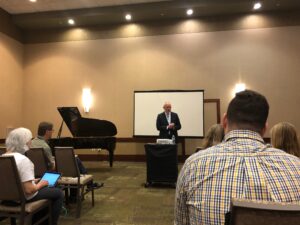
The piano string is not free to sing… not until it is bound and tuned it is free to sing.
Discipline is part of the work of educators. Music isn’t the product of a single string. Many must work together for the piano to sing. If a single string represents one life until it works with others. Each is necessary… Community and collaboration is a must. We are here to sing together.
Imagine action of a single piano key. 100 moving parts working together in sync to play one note.
No string can sing without the machine. For music to come from the piano there must be a human with something to say. All needed to work together.
The Successful Group Lesson, Working with Beginners
Panel members- Janet Tschida, Elaina Burns, Marilyn Lowe and Arlene Steffen

Janet-
Do what the music tells you to do. Having students move to the music.
- Hoberman sphere-
- Dynamics (see my music teacher tip #13 where I actually share this and one more idea!)
- Throwing the sphere open and sing the dominant, then when it closes sing the tonic.
- Airplane- pretending she is playing violin
- Roller coaster singing- Showing pitch with hand
- Boomwhacker conducting- Don’t worry about conducting patterns. Just let students move with it.
Marilyn-
- Listen
- Speak
- Read
- Write
Elaina- Musical Play- let the child lead the way
- Use what they are curious about and incorporate into the lesson.
- Storybook- make improv style music creating a musical story for them to dance to.
- Flip (resource) for improvisation- play improv based on the cards flipped (notes, intervals, etc…)
- Walking as a character- play inspired music. Butterfly to a Grasshopper
- Experiment with a bouncy bar inside the piano.
- Have student hold a clean and dry paintbrush and “paint” with it. (Softer brush the better)
- Can have the student feel the paintbrush on the arm.
Arlene- Adapting group activities to a private lesson.
- Rote teaching pieces
- Engine engine #9- change octaves (going up black keys)
- Pat arm at top – short short and glide down arm for long.
- Use tokens to identify keys, build patterns, triads, inversions…
- Use ribbon for phrasing. And learn how important breathing is.
- Telephone game tapping rhythm on shoulder. Last person can clap it or write the rhythm on the board.
From Rote to Reading: Fast-Tracking the Sight Reading Process
By Samantha Coates
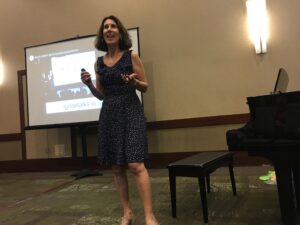
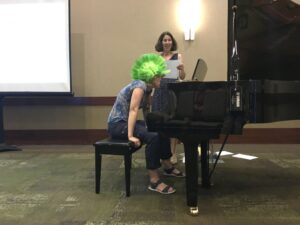
Teaching and learning by rote has always been something that I have struggled with. Not because I was against it as I did see the benefits of it. But because I really couldn’t grasp on how to approach it with my students. UNTIL… Samantha! The way she teaches rote to reading is exactly what my brain needed! After I returned from NCKP, I signed up for her lifetime membership of BlitzBooks Rote Repertoire because I felt much more confident and LOVED how she approached it all in levels leading to reading. I’m really looking forward to branching out with my students this year.
Children learn their native language by rote first. (This is what my brain did understand) Normal progression that reading and writing will catch up later on.
- Level 1- Play then look at score
- Level 2- Look, then play
- Level 3- Look, then play
(Level 3 is the actual piece, 1 and 2 is the prep towards reading and literacy)
For more advanced students-
- Semi-rote- half teaching by rote and half reading.
- Show hand position, highlight some patterns.
- Level 4-
- Once they learned 1, 2 and 3 they go home and make up their own level 4.
Any time a student gets creative, that is a sign of true engagement. Speaking of creativity and engagement… there is no shortage of the two when you attend a session by Samantha.
Progressing by levels is what my brain needed to catch what I needed to do with my students to make the rote to reading successful! Definitely check out her rote program and see what you think.
Music Moves Us…Literally! Using Movement to Enhance Musicianship
By Clinton Pratt
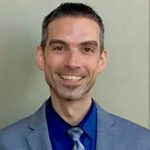
This session was all interactive and very enlightening. It was full of Dalcroze eurhythmics activities. If you are not familiar with Dalcroze, you can read more about it here.
Our body is the first instrument. Eurhythmics = “good flow”.
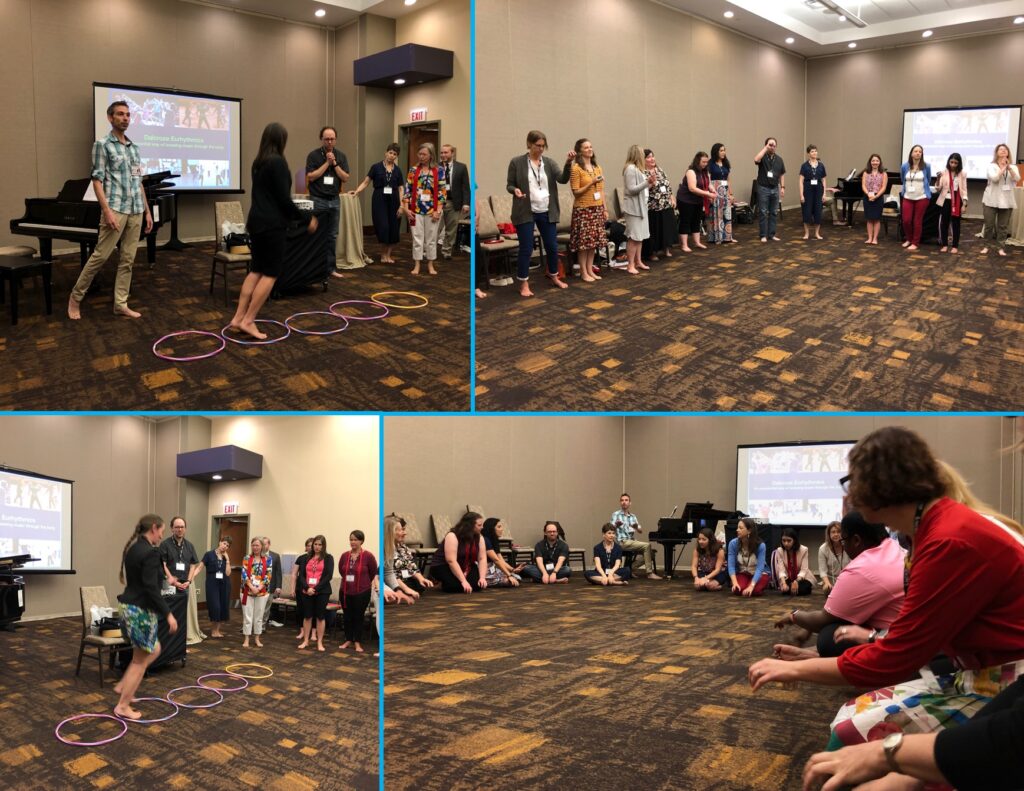
Meditation: The Teacher Performer’s Best Kept Secret
By Laura Amoriello
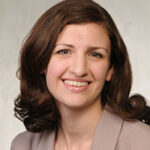
Meditation is a space to check in with the mind and body. A space between stimulus and response.
Just 8 minutes of meditation can decrease mind wondering.
Types of meditation-
- Attention
- Stress Reduction
- Compassion and Empathy
- Lightness of Being- default mode
Awareness of Breath
- 1 Deep breath
- 3 deep breaths
- Alternate nostril breathing- fingers 2 and 3 between eyebrows and take 1st finger on one nostril and finger 4 on the other nostril then alternate covering nostrils and breathing.
- Reminder: It’s always there!
- Sing and Play!
Awareness of Body
- Get grounded- sit tall, feet on the ground, etc.
- Body scan- briefly scan body for areas of attention
- Ask what’s not comfortable?
- Dance, dance, dance- out of the head, off the bench and into the body
- Respond to sound- the movements we make
- Space
- How are you?
- What did you notice? (Another way to give students a voice)
- How slow can you go?
- Noting-Relaxed awareness- non attachment to results (ie: tension in shoulder- letting go of negative thoughts)
- Self compassion
Find a moment each day to give yourself some space.
Project Based Learning
By Michelle Sisler and Linda Christensen

An example project…
- Had students come up with a story (existing or written)
- Software used- bandlab (web based)- across all platforms or can use GarageBand if you want.
- Students record the story narration.
- Then ask about what makes it… (insert adjective)
- Think about the moods you would want to insert for the music.
- Can choose loops inside bandlab. Find different sound affects…
- Can take an existing piece (ie: Arabesque) and create a story from that piece and then create sound effects.
Between the Lines: Lasting Lessons from the Studio
Jessica Welsh

There are 6 principles for developing healthy individuals that will create lasting lessons from the studio.
1- Practice What We Preach– We need to set the example.
2- Evaluate our Mindsets– Do we have fixed or growth mindsets? We need to believe in our students and ourselves!
3- Acknowledge the Difficulty– Sometimes it IS hard! Practicing, performing… can be difficult. Encourage perseverance.
4- Embrace Imperfection- Be teachable! Keep standards high but also know that it is a process, so be patient. The goal is lifelong learning.
5- Permit Failure– It’s how we learn! Validate the frustrations. Provide honest feedback. Allow for growth. Fail forward.
6- Seek the Best– Students have individual needs therefore, they shoudl have individual goals. Get out of your comfort zone. Help them get out of theirs.
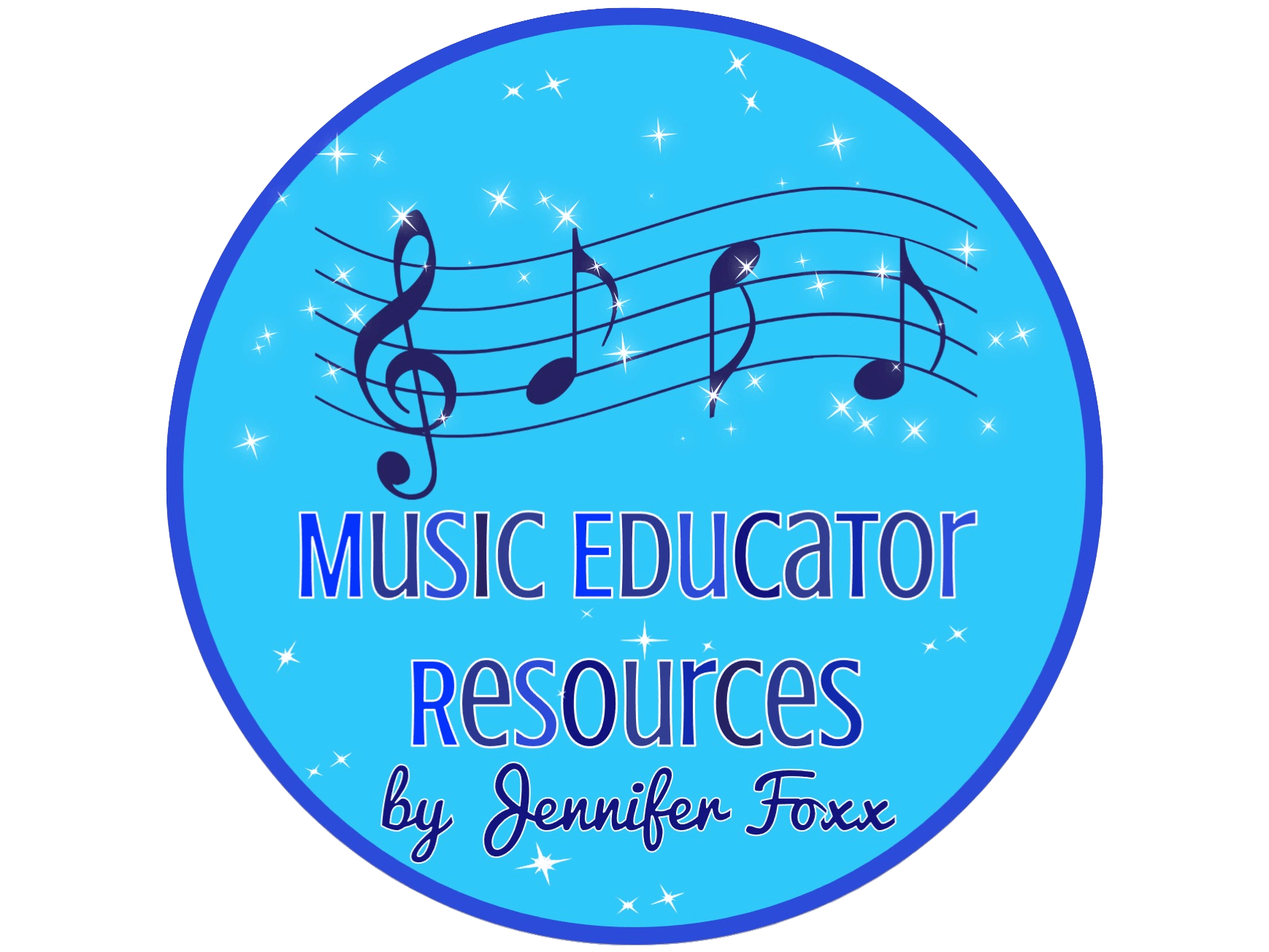
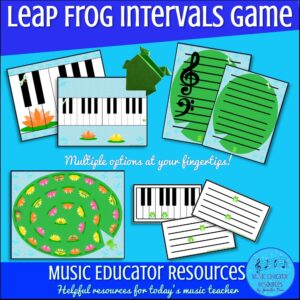
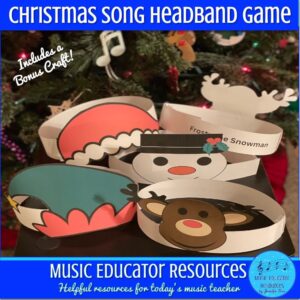
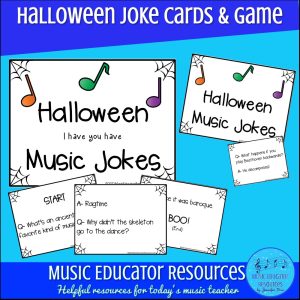
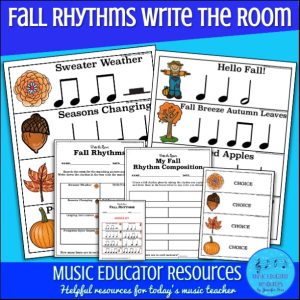
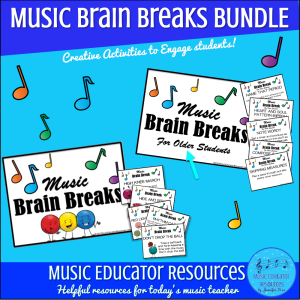
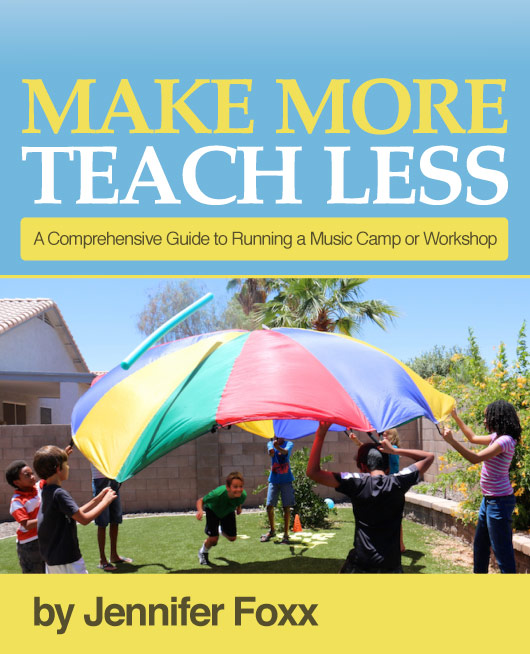
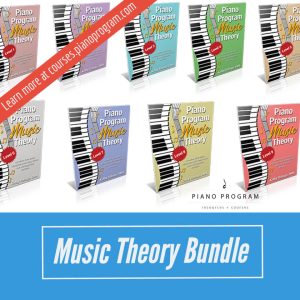
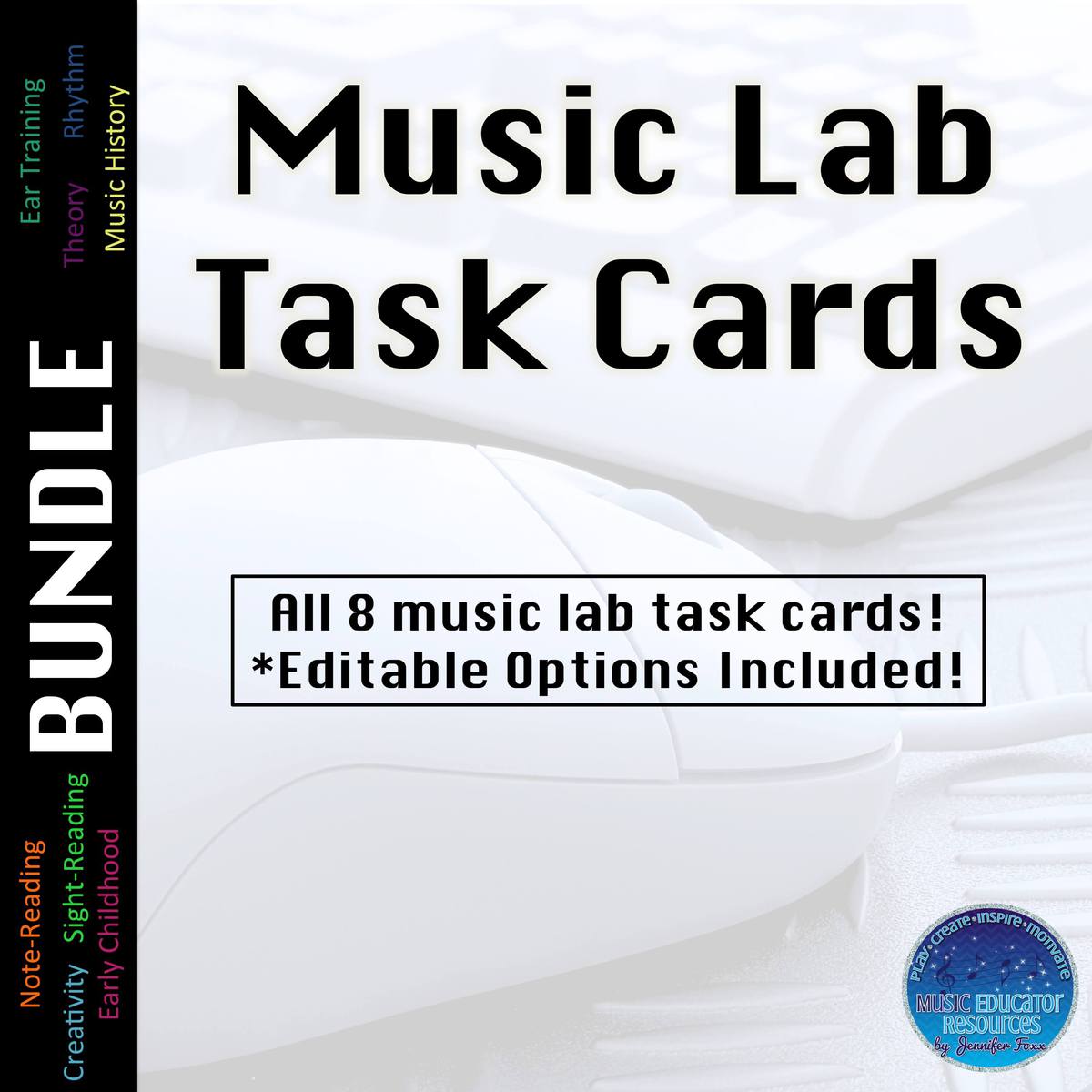
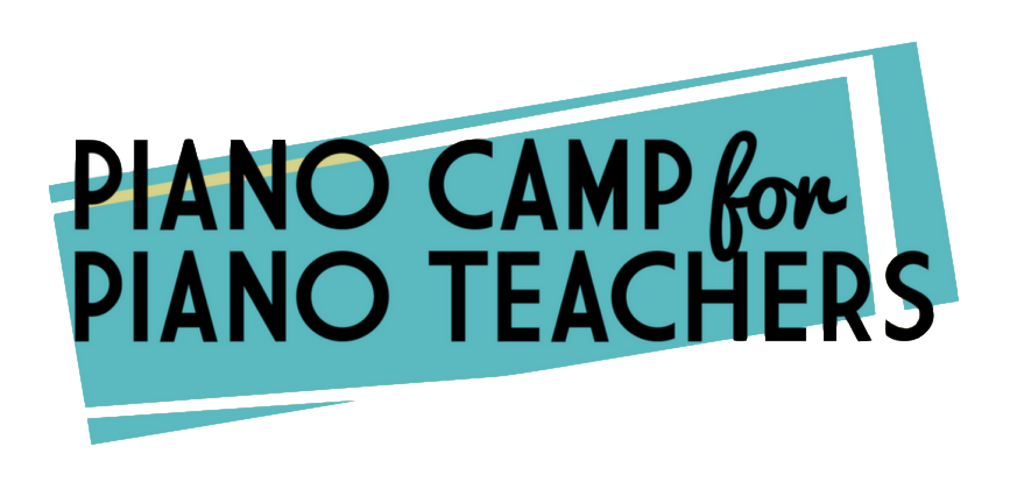
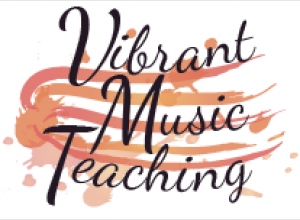
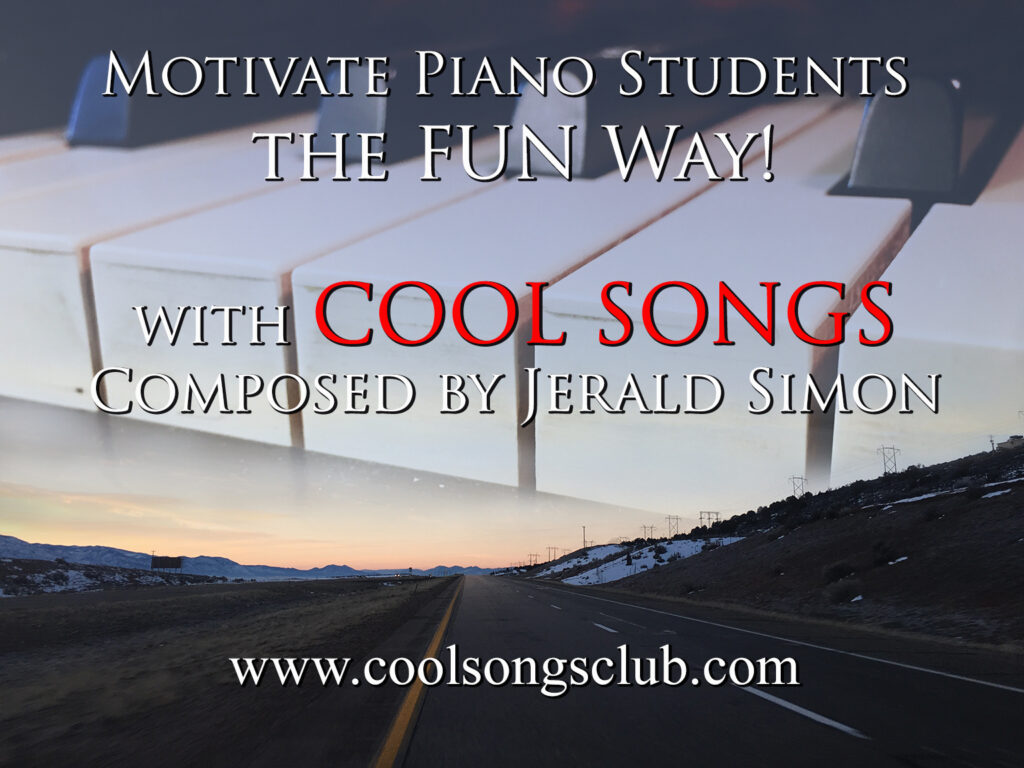
0 Comments